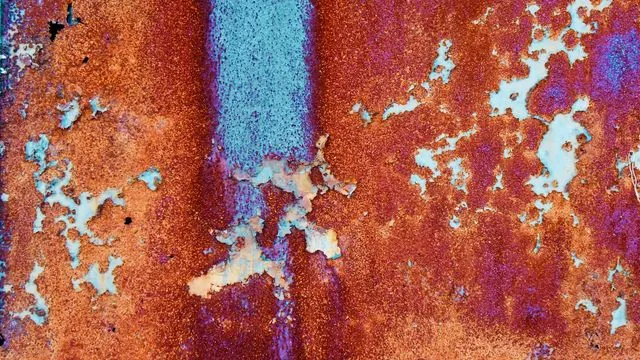
How Ancient Bacteria Changed Earth's Atmosphere and Iron Deposits Forever!
2024-10-04
Groundbreaking Discovery Reveals the Hidden Battles of Iron-Oxidizing Bacteria
In a stunning revelation, researchers have uncovered the critical role that ancient iron-oxidizing bacteria played in shaping Earth's early iron formations and atmosphere. Conducted by an international team that includes specialists from the University of Bristol and the University of Tübingen, this research sheds light on a pivotal time in our planet's history—2 to 3 billion years ago—when the atmosphere was devoid of oxygen.
Key Findings:
- The competition between different types of bacteria significantly influenced the formation of banded iron deposits found today. - Toxic nitrogen monoxide produced by nitrate-reducing bacteria severely hampered the growth of phototrophic iron oxidizers. - The complexities of biogeochemical interactions during early Earth have profound implications for our understanding of ocean nutrient cycles.
A New Look at Ancient Oceans:
During a time when oxygen was nonexistent, the oceans were rich in dissolved iron, which would have readily oxidized into solid rock if exposed to oxygen. Instead, microbes such as phototrophic iron oxidizers thrived, obtaining energy through sunlight as they oxidized iron. Meanwhile, other bacteria utilized nitrate, producing nitrogen monoxide—a toxic gas that proved detrimental to their phototrophic competitors.
Laboratory Insights:
In order to explore these microbial interactions, the research team recreated the ancient conditions in laboratory experiments. To their surprise, the nitrate-reducing bacteria consumed the nitrate rapidly, leading to a spike in nitrogen monoxide levels that completely halted iron oxidation by phototrophic bacteria. This finding indicates that these toxic by-products could have played a significant role in the evolution of our planet's atmospheric conditions.
A Shift in Earth’s Chemistry:
The research suggests that, as nitrate-reducing bacteria not only thrived but also flourished, they began to create spikes in atmospheric oxygen levels—an early environmental shift that may have hindered the phototrophic iron oxidizers’ contribution to iron deposits. This dynamic interplay illustrates how Earth's early biosphere was shaped not only by the availability of nutrients but also by the interactions between different microbial populations.
Future Implications:
The implications of this study for understanding Earth's atmospheric evolution are enormous. As both Casey Bryce and Andreas Kappler suggest, the interaction between these bacteria and the consequent changes in nutrient availability could help us decipher other critical phases of Earth's environmental history.
This fascinating insight provokes further inquiry into the complex web of life that existed in Earth's primordial oceans, potentially redefining how we perceive the development of early life forms and the atmospheric conditions that support them.
Eager to learn more?
Stay tuned as researchers delve deeper into this extraordinary topic, revealing even more secrets from our planet's ancient past!


 Brasil (PT)
Brasil (PT)
 Canada (EN)
Canada (EN)
 Chile (ES)
Chile (ES)
 España (ES)
España (ES)
 France (FR)
France (FR)
 Hong Kong (EN)
Hong Kong (EN)
 Italia (IT)
Italia (IT)
 日本 (JA)
日本 (JA)
 Magyarország (HU)
Magyarország (HU)
 Norge (NO)
Norge (NO)
 Polska (PL)
Polska (PL)
 Schweiz (DE)
Schweiz (DE)
 Singapore (EN)
Singapore (EN)
 Sverige (SV)
Sverige (SV)
 Suomi (FI)
Suomi (FI)
 Türkiye (TR)
Türkiye (TR)